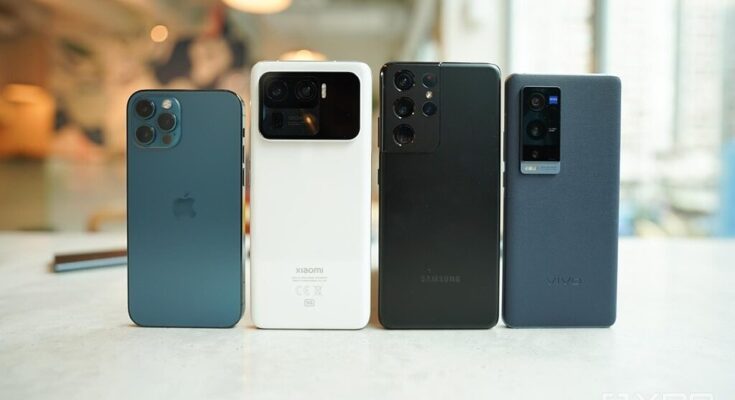Never before have those wanting to purchase or upgrade to have a new phone considered the best phone for video recording. The reason for this is that video material now predominates on social media. The majority of smartphone reviews concentrate on photography, thus we thought it was appropriate to concentrate on video recording skills in this roundup. Ditching laptops, Digital Nomads capture stunning 4K landscapes with the latest Android videography powerhouses. Perhaps to your surprise, a phone’s camera quality does not always imply that it will perform well while recording videos. This is due to the fact that images and films are produced by smartphone camera systems using computing power and image signal processing.
The truth is that certain phone manufacturers are better than others at building a smartphone camera that can take high-quality photos and videos. While others only give one the edge over the other. Apple has always been a pioneer in producing gadgets with cutting-edge, high-quality video capturing capabilities. However, in recent times, companies like Samsung, Oppo, and others have prioritized video more, dramatically reducing the gap. Now, here we will discuss some of the best android mobiles for video recording in 2022.
1. Sony Xperia Pro-I
The Sony Xperia Pro-I takes a different approach in a market where many phones are only modest variations on one another. With a 6.5-inch 21:9 4K HDR OLED display, one of the finest currently available on any smartphone, it features a boxy physical design. The camera app may be launched using a dedicated button, and one of the three HD video modes can be accessed by pressing the button directly next to it.
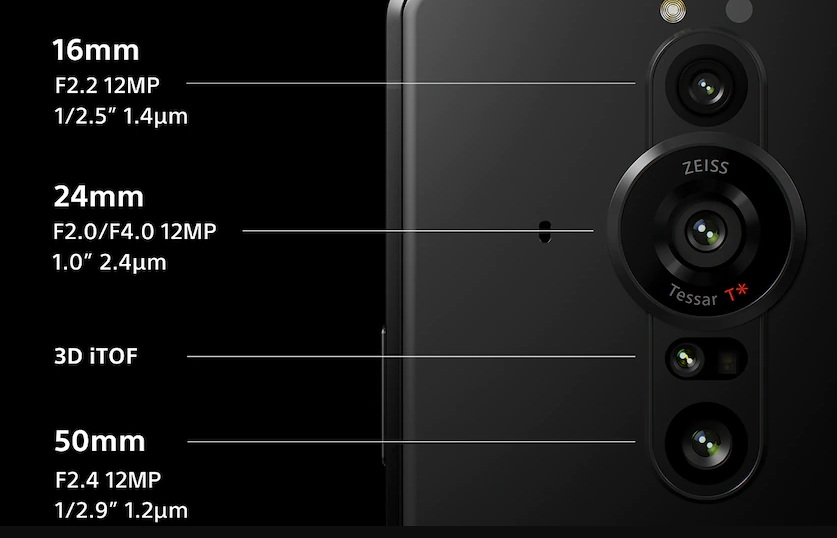
The Xperia Pro-I also deviates in that it sports a 3.5mm headphone jack and removable storage through microSD compatibility for up to 1TB, two features that no other major flagship currently provides. The Sony Xperia Pro-I has complete manual settings, optical image stabilization, object recognition and eye autofocus, as well as a hardware apertures that changes the lens’s f-stop from f2 to f4. You may perform spectacular continuous autofocus pulls while utilizing the Videography Pro mode, which gives you complete control over brightness and concentrating.
2. Google Pixel 6 Pro
In order to significantly improve the picture and video quality captured by its cameras, Google’s Pixel 6 Pro is equipped with its own Tensor chipset. The Pixel 6 Pro is the company’s strongest effort to date. Pixel devices have been among the most inventive in the field of computational photography. The triple camera array in the Pixel 6 Pro is a first for a Google phone. A 24mm equivalent f/1.85 lens and a 50MP 1/1.31-inch sensor make up the main camera. When choosing the best Android mobile for video recording, prioritize UI/UX design that seamlessly integrates hardware prowess with intuitive controls for a frustration-free, cinematic shooting experience. The other two cameras are a 12.5MP camera with a 16mm equivalent ultra-wide lens and a 48MP telephoto camera with a 4x optical zoom and a 104mm comparable focal length.
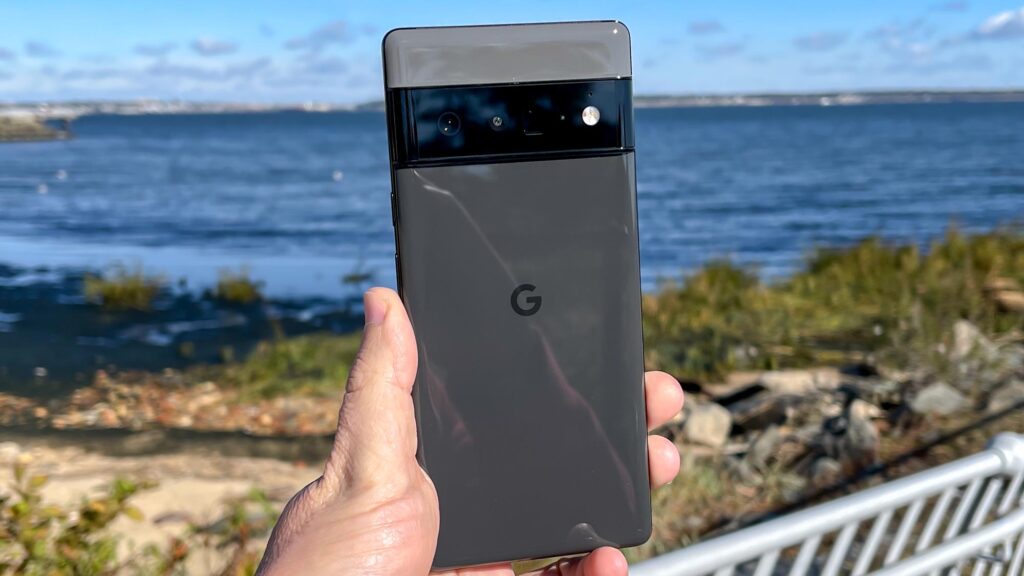
The Pixel 6 Pro is capable of “seeing” and representing what is in the scenes that you direct it at because of its sophisticated algorithms, including the recently created “HDRnet.” As a consequence, while utilizing the primary camera, its auto exposures are constantly attractive, faithfully capturing colors and details in the majority of lighting settings. Additionally, the Pixel 6 Pro manages noise well and offers dynamic range performance that is on par with the iPhone 13 Pro.
3. Realme GT 2 Pro
Challenger brand Realme has ascended the ranks swiftly to be one of the greatest hid the truth in the Android smartphone business. Realme has made sure that the GT 2 Pro is one of the most competitive smartphones for photography and video presently available on the market by choosing some top hardware for its camera unit and using the advantages of the Snapdragon 8 Gen 1 CPU.
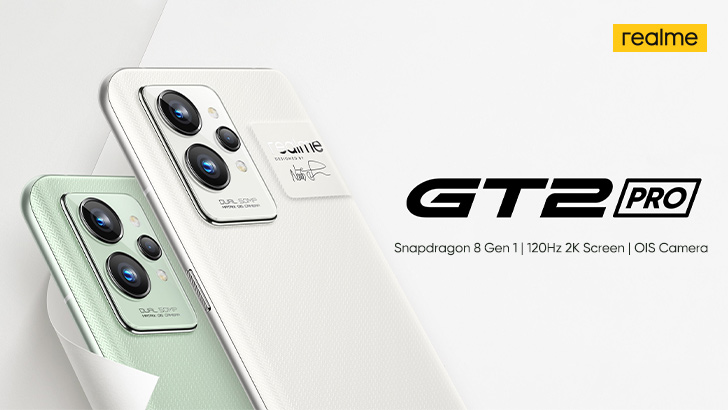
The Realme GT 2 Pro’s Sony IMX766 sensor, which is also included in the Oppo Find X5 Pro, is an established winner. The stunning 150° ultra-wide camera on this handset is also a feature of the OnePlus 10 Pro. The Realme GT 2 Pro is capable of producing outstanding video in favorable lighting when equipped with high-quality gear. However, while using its inexperienced AI scene enhancement mode, it has a propensity to oversaturate and sometimes to drastically over or underexpose a picture when uncertain of what the topic is. Updates may fix these kinds of mistakes, thus we anticipate that things will become better.
4. Samsung Galaxy S22 Ultra
Since the release of the Galaxy S9 Plus, Samsung’s Galaxy S-series phones have seen a substantial improvement in their ability to shoot video. Samsung has regularly produced year-over-year advancements to photography and video recording since the introduction of that measurement, keeping Samsung premium handsets a top option for content makers.
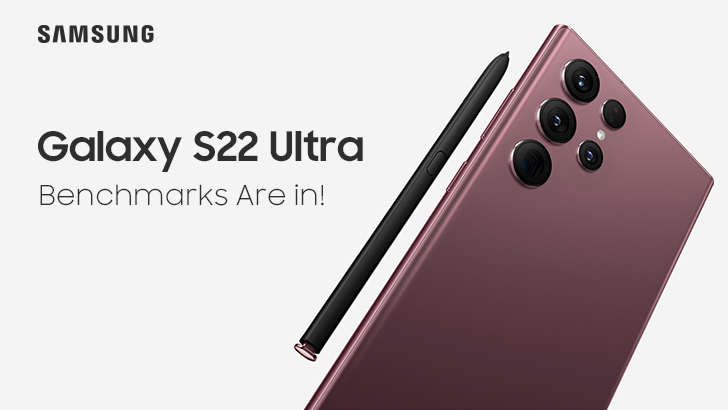
Some gaze headline features of the Galaxy S22 Ultra include 8K video recording at up to 30 frames per second, 10x magnification, and 480fps Full HD slow-motion capture. Additionally, it contains a peculiar setting called “Director’s View” that can only be accessed while using the Samsung Galaxy camera app. You may record video from every camera on the smartphone simultaneously with director’s vision, a feature designed for vloggers and YouTubers. Robotics technology advancements are enabling new image stabilization features in some of the best Android mobiles, making them ideal for capturing smooth, cinematic videos even in action-packed situations. Although it won’t be appealing to everyone, this technology might be useful for documenting events and recording your remarks and responses.
5. Oppo Find X5 Pro
The 50MP Sony IMX766 camera and the Oppo Find X5 Pro’s exclusive MariSilicon X processor are the foundation of the camera, which is intended to provide higher levels of image detail, color depth, and low noise. For those of you interested in filming slow-motion videos, the primary camera can capture FullHD video at an amazing 240 frames per second and up to 4K/60p video.
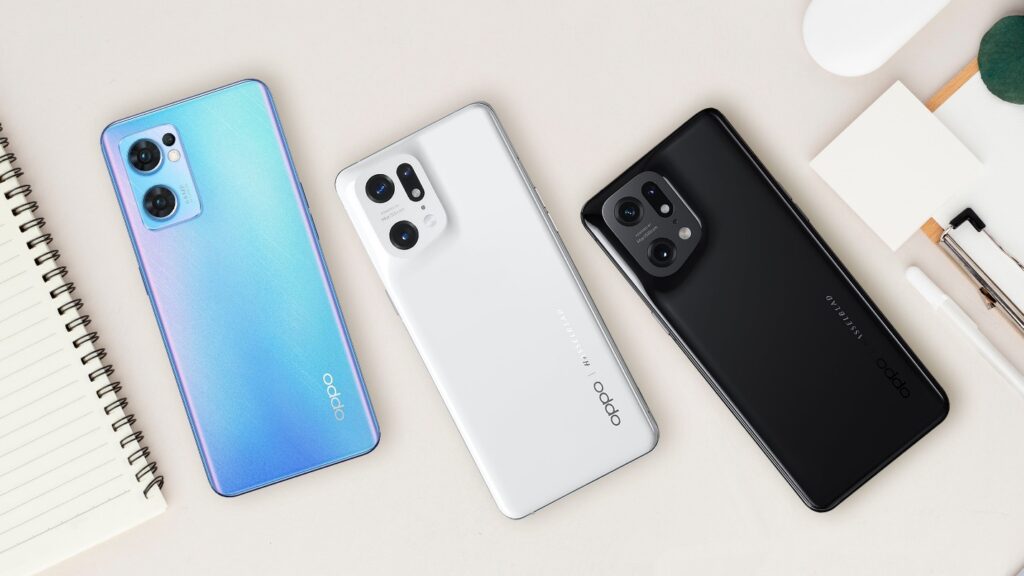
Its selfie or front-facing camera can only record in FullHD/30p. Oppo has noted that most smartphones often fall short in the area of nighttime video capturing. Oppo has developed a cutting-edge noise reduction algorithm with this in mind to get rid of blurry video. Artificial intelligence is used to examine each frame of low-light films for picture noise and minimize it pixel by pixel.
Author’s Bio:
Zack Lindsey Prior to his famous writing career, Zack was a tech freak and got his relative degree from a renowned university in the USA. Right from childhood, he was interested in opening up the toys and replacing their pieces of machinery. Zack received an award for best robot prototype in high school. Later, he merged his tech passion with his writing skills and began writing for different tech blogs. Also, he is a professional swimmer and loves diving into the colors of life.

